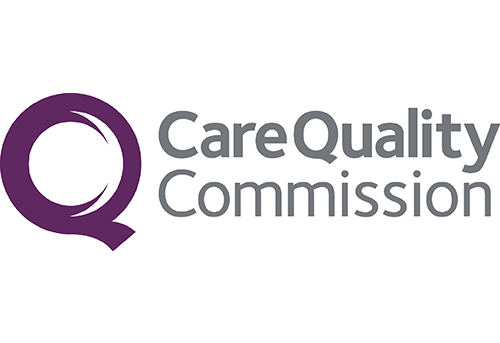Cygnet has hit out at a Care Quality Commission (CQC) inspection report which rated one of its services as ‘inadequate’.
It described the inspection report of Cygnet Acer Clinic, in Chesterfield, which provides care and treatment for female patients with personality disorder and who self-harm, as ‘inaccurate’.
The inspection was carried out in August following a number of concerns and a serious incident.
Inspectors found the number of incidents of self harm by patients had increased significantly in the three months before the inspection. Almost half of the incidents during that time had involved patients using a ligature.
On at least four occasions during the inspection patients congregated on the ward, in front of the reception area, banging on windows to attract the attention of staff who were not on the ward. Staff were not available to support patients when they needed them, inspectors said.
Staff worked shifts of 12 or more hours per day or night, in some cases, working up to seven days without a day off. Working these hours for four or more days and nights, without a day off, was not best practice, particularly with a patient group with such complex needs and risk behaviours, the report said.
As a result, the regulator placed urgent conditions on the mental health service’s registration to stop admissions and it is now in special measures.
In November 2018, the CQC rated the clinic as ‘good’ overall. The most recent inspection looked specifically at whether Cygnet Acer is safe and well-led and, as a result, is now rated ‘good’ for being effective, caring and responsive, and ‘inadequate’ for being safe and well-led.
The service has been told it must make a number of improvements, including ensuring there are sufficient numbers of suitably qualified, skilled, competent and experienced clinical staff at all times to meet the needs of patients.
The provider must undertake an assessment of the safety and well-being of each patient, which should include a comprehensive review of risk assessments, risk plans and levels of observation to ensure patient safety.
It must also ensure they review and manage staff shift patterns, monitor excess hours and ensure that staff have sufficient rest days built into shift patterns, including volunteer staff.
‘Prior to our inspection a whistle blower had contacted the CQC and during the inspection two further whistle blowers contacted us,’ said Dr Kevin Cleary, deputy chief inspector of hospitals (and lead for mental health) at the CQC. ‘They reported low staffing levels, a lack of support from managers, and a lack of action by managers when they raised concerns.’
‘Observations on patients were not carried out as they should be and we found that risks to patients were not being managed effectively,’ Cleary continued. ‘The service being provided was not safe and that is why we have taken action to suspend admissions to the service and placed the service in to special measures.’
However, Cygnet has hit back.
A spokesperson said: ‘We are disappointed that the CQC has published such an inaccurate picture of the care currently provided.
‘This CQC report is in fact from an inspection in the summer. Since then, there has been a further inspection in October and the CQC has recognised the progress made and given us positive feedback. We expect that report to be published shortly.
‘We have implemented substantial improvements and all the measures called for have been introduced, including a renewed focus on recruitment and training for staff, strengthened observation and engagement policies and a full review of care plans and risk assessments.
‘We have also adopted an open and transparent culture with our CCG and NHS partners who have visited the service to see the improvements made and have been instrumental in supporting our progress.
‘We remain committed to working collaboratively to provide safe, supportive care for our patients and their families and where required we will continue to make rapid improvements.’








 ©2024 All rights reserved LaingBuisson
©2024 All rights reserved LaingBuisson 


